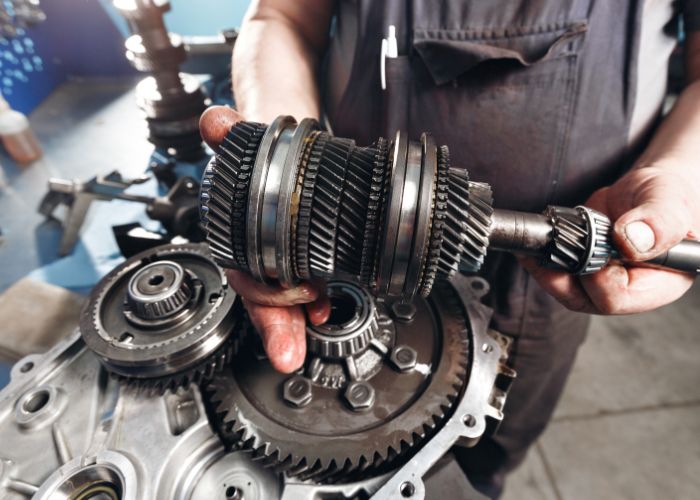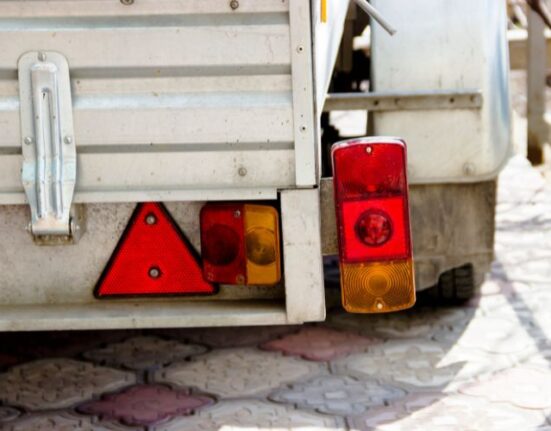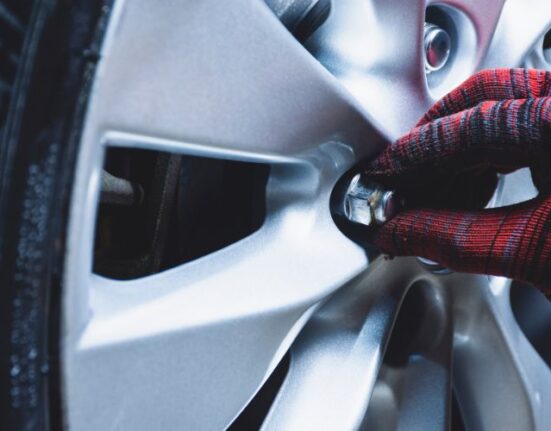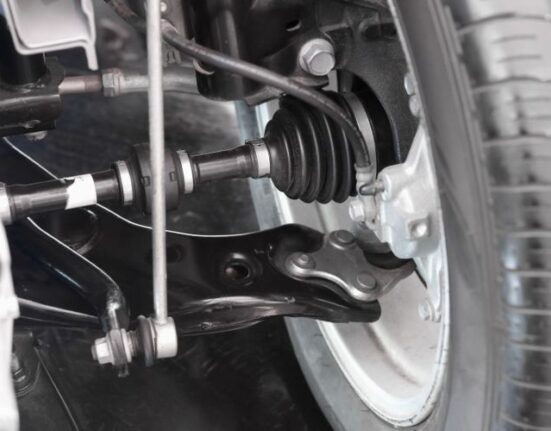Are gas prices burning a huge hole in your wallet? If you want to make your manual transmission car more fuel efficient, you’ve come to the right place. We have simple but important tips that’ll add to a better, more fuel-efficient car that’ll save you money in the long run.
Keep Up With Maintenance
Any experienced driver knows if you want your vehicle to run well and efficiently, they have to maintain it well. For manual transmission cars especially, timely automatic clutch repair is important to maximize fuel efficiency and ensure the car runs better for longer.
The less maintenance the vehicle receives, the harder it has to work for simple things like clutch engagements. And the more energy it uses for shifting, the less fuel-efficient the vehicle will be. For most manual transmission cars, the clutch fluid should undergo replacement every two years to help the clutch perform and engage smoothly and easily.
Employ Fuel-Saving Driving Techniques
Often, the best way to make your manual transmission car more fuel-efficient is to change how you drive it. A car can only do so much; if you drive it aggressively and recklessly, it’ll burn more fuel than needed.
Primarily, you should avoid idling your vehicle whenever possible, as it’s a huge waste of fuel. Go easy on the accelerator as well—it may be fun to let it loose occasionally, but it’s the fastest way to burn more fuel than needed. When shifting, always shift into the upper gears quickly and a higher gear if the engine uses lots of RPMs to maintain an even speed.
Lighten the Load
Perhaps the simplest solution to lowering your vehicle’s transmission, whether it’s automatic or manual, is to get rid of excess weight. If you treat your car as a second office or a mobile storage unit with tons of miscellaneous items and supplies, you’re bleeding your car’s fuel economy.
Every extra ounce in your car means it must work harder to maintain its speed. Even just a few pounds here and there may not seem like they’ll make a difference. But over time, lightening the load will conserve lots of energy and money at the gas pumps.
Tire Maintenance
The tires of your vehicle are also critical to its fuel economy. For one, if the tires are bald and have minimal traction, your car has to work harder to grip the road and burn more fuel.
Also, tire pressure is critical to fuel efficiency. Underinflated tires can decrease your vehicle’s fuel economy by as much as four percent and reduce your tires’ life. Always check your tire pressure to ensure it’s within the recommended PSI range, and check the tread to ensure they have enough traction.

















